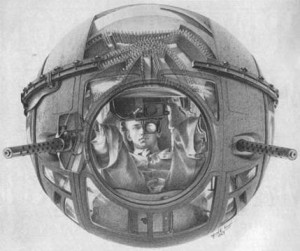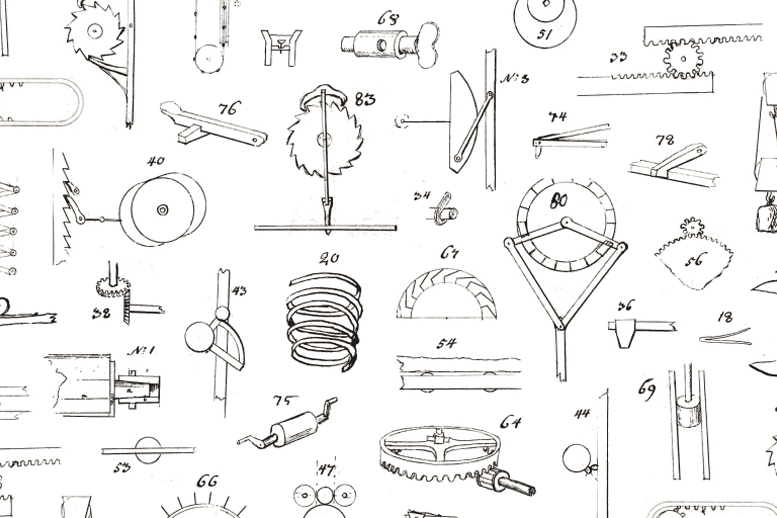03
09/19
20:07
Bruno Munari’s Manifesto del Macchinismo 1938
Il mondo, oggi, è delle macchine.
Noi viviamo in mezzo alle macchine, esse ci aiutano a fare ogni
cosa, a lavorare e a svagarsi. Ma cosa sappiamo noi dei loro
umori, della loro natura, dei loro difetti animali, se non attraverso
cognizioni tecniche, aride e pedanti?
Le macchine si moltiplicano più rapidamente degli uomini,
quasi come gli insetti più prolifici; già ci costringono
ad occuparci di loro, a perdere molto tempo per le loro cure,
ci hanno viziati, dobbiamo tenerle pulite, dar loro da mangiare
e da riposare, visitarle continuamente, non far loro mai mancar nulla.
Fra pochi anni saremo i loro piccoli schiavi.
Gli artisti sono i soli che possono salvare l’umanità da questo pericolo.
Gli artisti devono interessarsi delle macchine,
abbandonare i romantici pennelli, la polverosa tavolozza, la tela e il telaio;
devono cominciare a conoscere l’anatomia meccanica, il linguaggio meccanico,
capire la natura delle macchine, distrarle
facendole funzionare in modo irregolare, creare opere d’arte
con le stesse macchine, con i loro stessi mezzi.
Non più colori a olio ma fiamma ossidrica, reagenti chimici,
cromature, ruggine, colorazioni anodiche, alterazioni termiche.
Non più tela e telaio ma metalli, materie plastiche, gomme e resine sintetiche.
Forme, colori, movimenti, rumori del mondo meccanico
non più visti dal di fuori e rifatti a freddo, ma composti armonicamente.
La macchina di oggi è un mostro!
La macchina deve diventare un’opera d’arte!
Noi scopriremo l’arte delle macchine!



